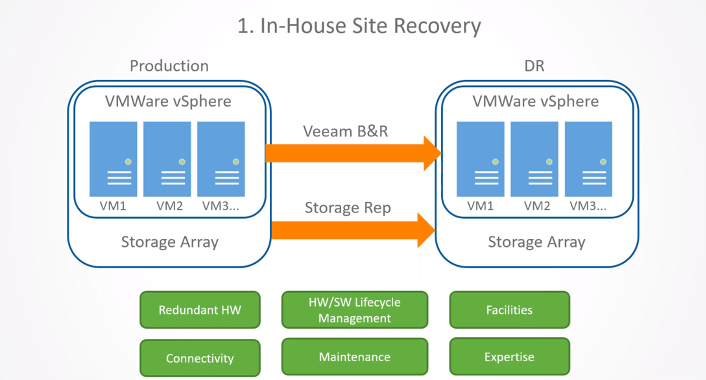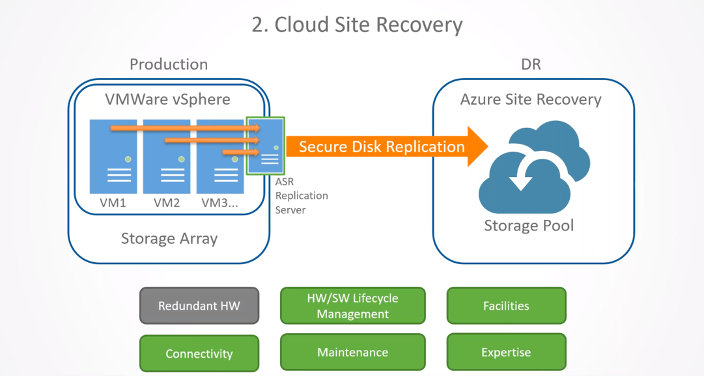
It’s summertime. And COVID restrictions are finally being lifted. Maybe now your IT administrator can go on vacation—if there’s someone available to fill in.
Third-party IT and security service providers can make it easier for smaller banks and credit unions to manage when staff takes time off. Here are five areas where financial institutions can outsource to maintain adequate IT resources—and peace of mind—while the IT administrator is out of the office enjoying some downtime:
1. Network monitoring for diagnostic or security issues — Monitoring is critical for detecting, diagnosing, and resolving network performance issues. A network monitoring solution can gather real-time information to ensure the system is being effectively managed, controlled, and secured. With proactive monitoring, IT staff can find and fix network issues more quickly and easily. This can help them keep the network operating smoothly, stay ahead of outages, and avoid expensive downtime. It can also help the IT department maintain critical business services and reduce potential security risks for the institution. Outsourcing network monitoring can lighten the workload for time-strapped staff who are probably juggling more tasks while the IT administrator is away.
2. Managed replication and real-time backup to the cloud — Replication tools can automate the process of copying data across multiple sources, relieving the IT department from the burden of monitoring backups on a daily basis. The data gets stored in multiple locations, increasing its redundancy and resiliency. Using cloud-based managed data replication and backup solutions can make it easier for institutions to have the data they need to maintain normal business functions. It also provides another major benefit: No matter where the network admin is, it will be easy to restore data if a hardware failure, power outage, cyberattack, or some other disaster impacts the system.
3. Regulatory and IT reporting — The need for data to confirm controls are in place does not go away when someone leaves or goes on vacation. It is important for management to have access to timely reporting about IT issues to enhance security and meet regulatory compliance. Having a system in place that generates reports in a single location, rather than manually created reports or reports pulled from disparate systems helps ensure data on security controls can be reviewed by anyone anytime. Partnering with a third-party provider that can aggregate reporting and control data can make it easier for institutions to meet these requirements.
4. IT support experts — Financial institutions must have the appropriate IT expertise to stay on top of complex security issues. Outside vendors can provide access to IT specialists who can augment the efforts of their IT team. The added support not only can be a godsend while the system administrator is on vacation, but it can also meet an ongoing need. An institution can use outside experts to provide technical knowledge and resources that may be lacking in the IT department.
5. Cloud-based infrastructure — Virtual servers, storage, software, and other cloud-based solutions offer access to resources on demand. And since cloud infrastructure is flexible and scalable, it is the ideal way to modernize a computer system and build redundancy. Using cloud-based infrastructure allows financial institutions to have duplicate copies of their data and core systems available whenever they’re needed. So, if an IT issue comes up, a third-party service provider can troubleshoot the problem remotely while the IT administrator is on leave.
Safe Systems offers a range of IT and security solutions to help institutions keep their operation and network running efficiently. Learn more about how our compliant solutions can provide professional support whenever your IT administrator takes a much-needed break.










